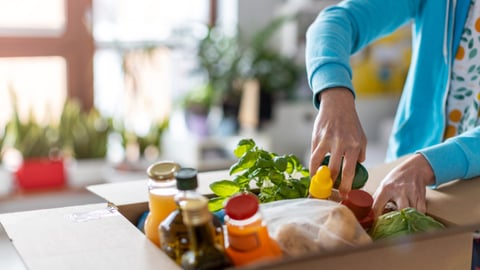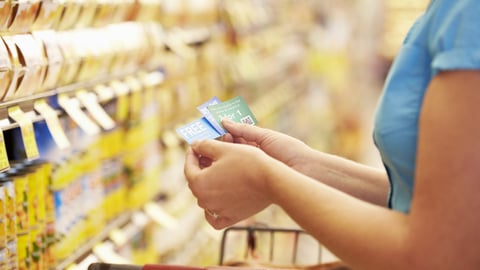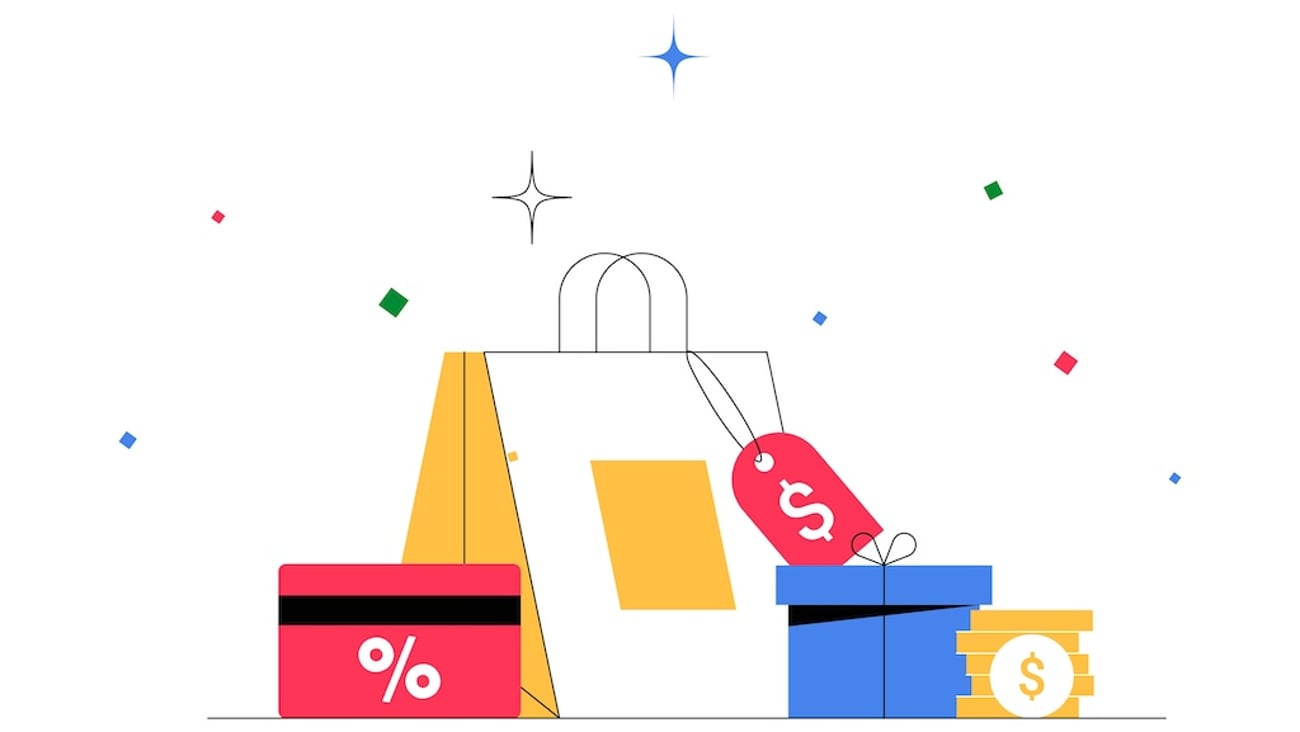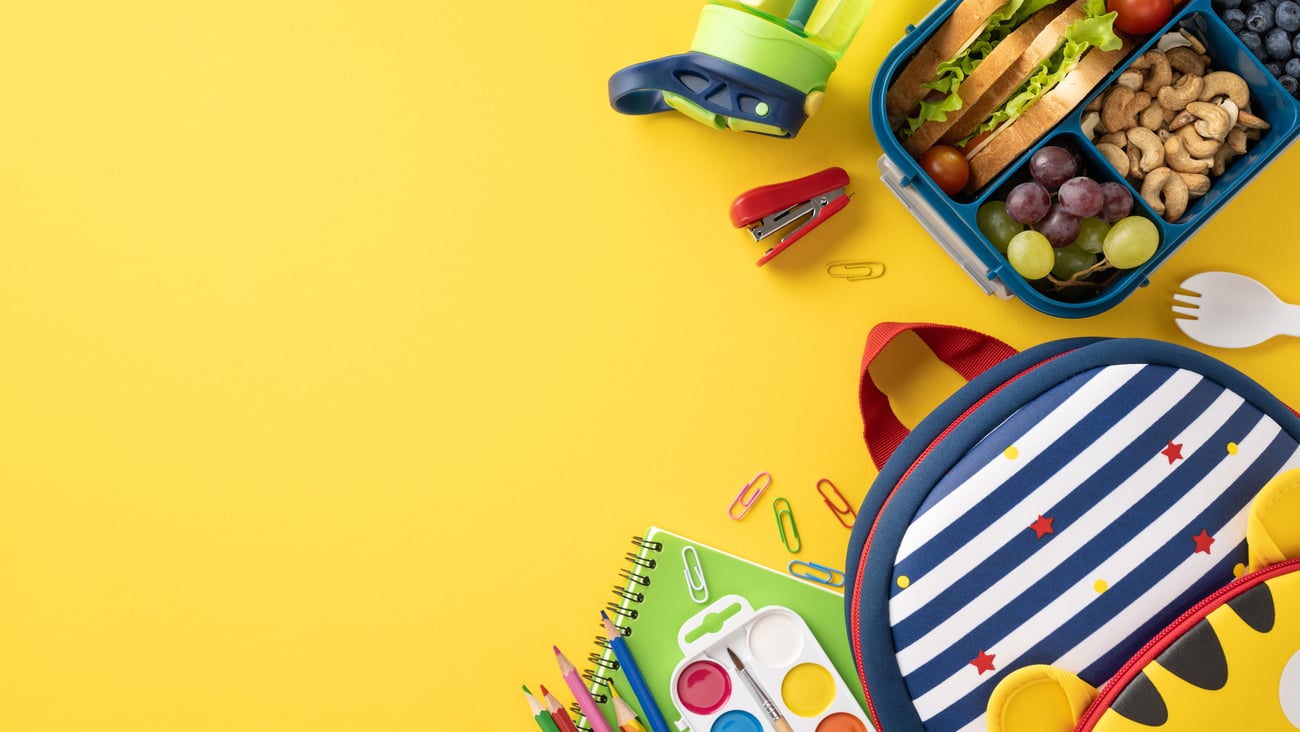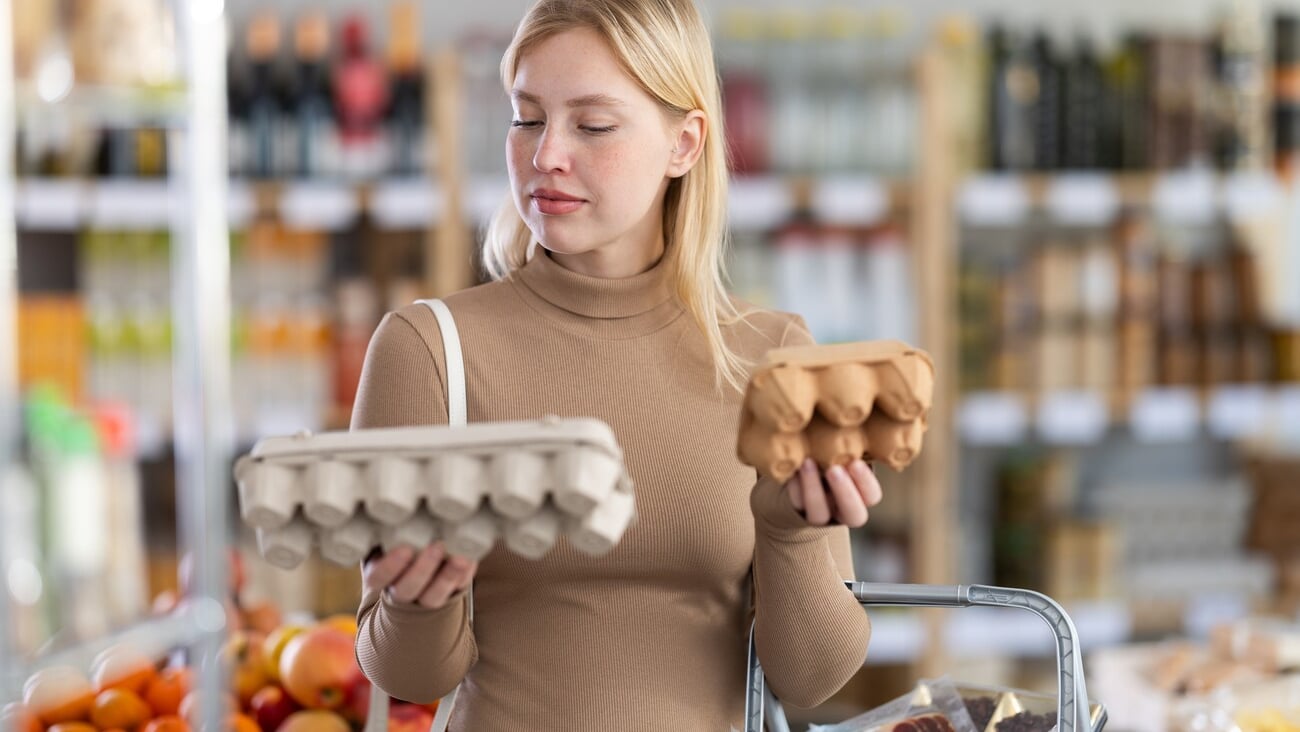In inflationary times, Canadians are prioritizing value when it comes to grocery shopping
In just a few years, the world has seen intense disruption. From the pandemic to the war in Ukraine and the current economic turmoil, consumers’ priorities have shifted and their grocery shopping is increasingly shaped by a search for value and convenience.
A pulse check of grocery consumers reveals some of these changes are not only here to stay – but could shape the aisles of the future.
Even more Canadians are feeling the pinch of inflation. According to Caddle’s 10,000-member Daily Survey Panel (January 2022), 90% of consumers believe food prices are higher now than six months ago – that’s up four basis points from September 2021. And that belief is held across multiple generations, including 93.5% of baby boomers, 91.9 % of gen-Xers, 85.1% of millennials and (a growing) 79% of gen-Z consumers.
With inflation top-of-mind, shopping behaviours are changing. While historically consumers preferred to do their purchasing in one place, many now visit multiple stores in search of value. Discount and traditional grocery stores are still drawing the lion’s share of shoppers followed by Costco and Walmart. And when there are deals, shoppers want to know about them. Nearly nine out of 10 Canadians like to get some kind of flyer from grocers; however, there are signs of a rapidly changing promotional marketplace.
Compared to a physical flyer, grocery store apps are now the preferred platform to receive promotions, and retailers are rising to the challenge with highly customized offerings to get shoppers in-store.
For brick-and-mortar shoppers, the top Net Promoter Score (NPS) drivers are cleanliness and hygiene, quick shop and checkout, and good value for price. These are clear indicators that the pandemic and economic climate are influencing shoppers. As a one-stop-shop, Costco maintains the highest in-store NPS nationally, followed by Giant Tiger and No Frills.
Despite the resurgence of brick-and-mortar shopping and the lifting of pandemic restrictions, shoppers are still buying groceries online. In that regard, retail giant Amazon enjoys the highest NPS of online grocers, but the data suggests loyalty is still in flux.
Consumers are still figuring out which company offers the best user-experience and this means brand promiscuity. More than half of shoppers say they’re likely to try another online platform for their next shop. Indeed, for both brick-and-mortar and online retail the next battlefield for grocers may well be loyalty as cost-conscious consumers look beyond brand and focus on the best price.
As a result, grocers are working even harder to get people back in their stores and to remove as much friction for shoppers as possible. We’re seeing some innovations in the grocery store aisles to accomplish just that. Technologies such as interactive screens, aimed at engaging and educating consumers, are appealing to three out of four Canadians – especially if it saves them money.
At the checkout, convenience is king. A whopping 59.2% of Canadians use credit card tap-to-pay, whereas boomers are the most likely to stick to cash and least likely to choose self-checkout to settle up.
Yet, self-checkout is here to stay. Largely thanks to the pandemic’s focus on reducing social contact, grocers have vastly improved self-checkout experiences. Now, there are more Canadians using self-checkouts on a regular basis than those who don’t, and 85.1% who use the service say they’re satisfied with the experience.
Other technologies haven’t totally caught on. Though more retailers are using digital pricing, only 21.5% of Canadians have noticed them in aisles. There’s also a lack of understanding around checkout-less shopping, with older generations saying they’re less likely to try it.
Those generational differences persist when it comes to innovations in the last mile of store-to-door consumer delivery: drones and robots. Just over 40% of Canadians say they’re interested in automated delivery and gen-Zs are most intrigued.
Though consumers appear to be interested in automated delivery, this isn’t a done deal yet. Yes, convenience moves the needle for many shoppers, but in the current economic climate, grocers must ensure automated delivery doesn’t mean an added cost for consumers. While we can expect to see grocers continue to sway shoppers through innovation, from Canadian consumers’ point-of-view, value is the bottom line.
This article was first featured in Canadian Grocer’s August issue.


